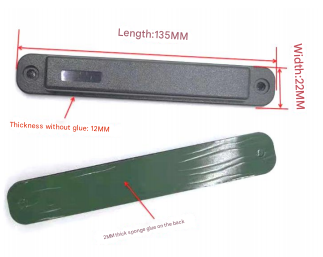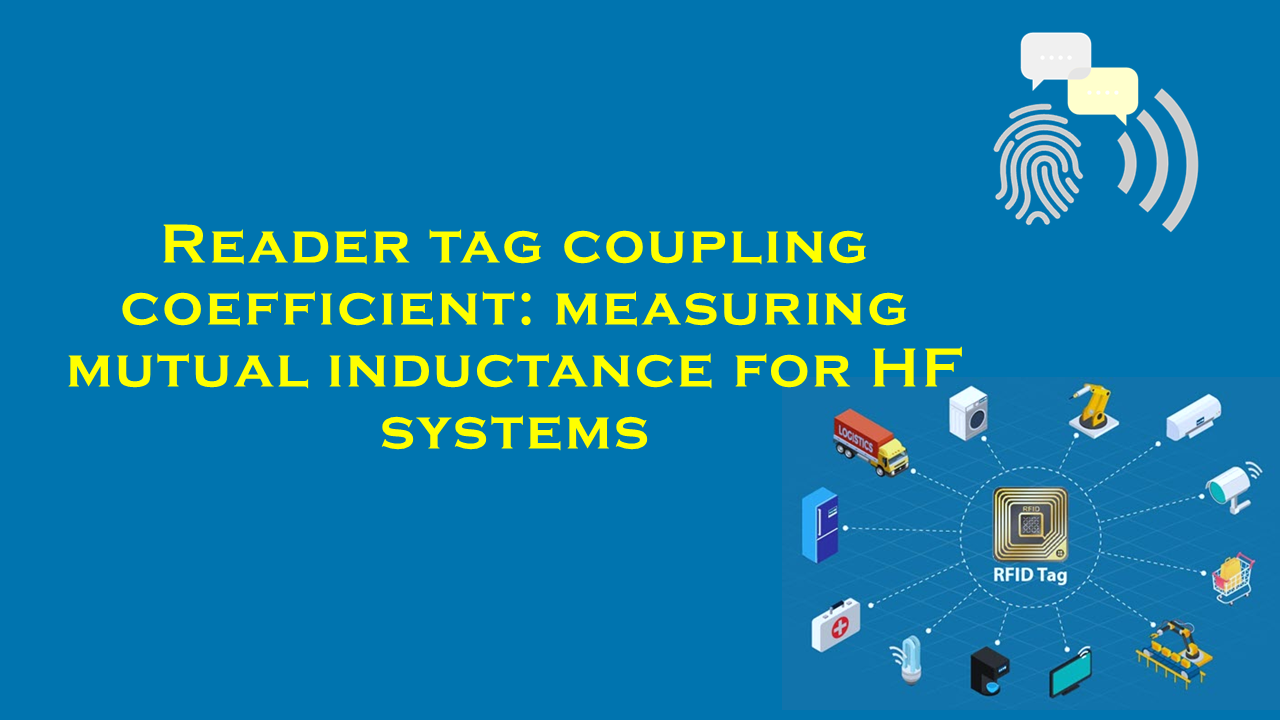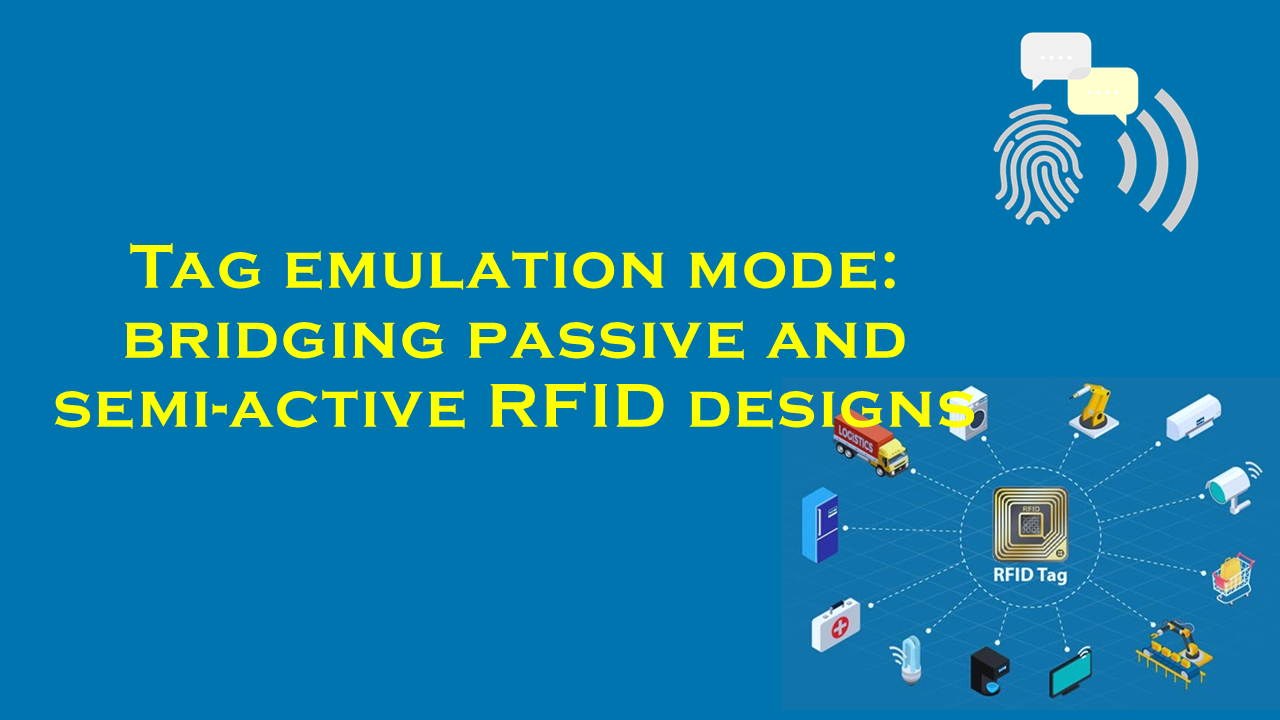Facial ID vs RFID for stadium access control

Facial ID vs. RFID for Stadium Access Control: A Comparative Analysis
Stadium access control is a critical aspect of event management, ensuring security, efficiency, and a smooth experience for attendees. Two technologies at the forefront of modern access control systems are Facial Recognition (Facial ID) and Radio-Frequency Identification (RFID). This analysis explores their strengths, challenges, and suitability for large venues, while highlighting purchaserfid.com as a leading supplier of RFID solutions.
Facial Recognition (Facial ID) Technology
Facial ID systems use biometric algorithms to verify an individual’s identity by analyzing facial features. In stadiums, this technology enables touchless entry, where attendees simply walk through designated checkpoints equipped with cameras and AI software.
Advantages:
- Speed and Efficiency: Facial ID systems can process thousands of attendees per hour, significantly reducing entry bottlenecks. For example, in hypothetical deployments, venues report up to 50% faster throughput compared to traditional ticketing methods.
- Enhanced Security: By matching faces to pre-registered databases, the technology minimizes ticket fraud and unauthorized access. Advanced systems can flag individuals on watchlists in real time.
- Hygiene and Convenience: Post-pandemic preferences favor contactless solutions, making Facial ID appealing for health-conscious crowds.
Challenges:
- Privacy Concerns: Storing biometric data raises ethical and regulatory questions. Some regions restrict its use to comply with data protection laws.
- Environmental Sensitivity: Lighting, angles, and occlusions (e.g., hats or masks) can affect accuracy, though newer systems use 3D mapping to mitigate this.
- Implementation Costs: High-resolution cameras and machine learning infrastructure require substantial upfront investment.
RFID Technology
RFID systems use radio waves to authenticate credentials via tags, wristbands, or cards. Stadiums have long relied on RFID for access control, leveraging its reliability and ease of integration.
Advantages:
- Scalability: RFID excels in high-traffic environments. Solutions like those from purchaserfid.com can handle over 50,000 entries per event without bottlenecks.
- Cost-Effectiveness: RFID tags are inexpensive to produce, making them ideal for one-time events or recurring use. Maintenance costs are often lower than biometric systems.
- Interoperability: RFID can integrate with cashless payment systems and loyalty programs, enhancing the fan experience.
Challenges:
- Physical Dependency: Lost or damaged RFID tags require manual reissuance, leading to delays.
- Security Risks: Cloning RFID signals is possible with basic tools, though encryption and dynamic tokenization reduce vulnerabilities.
purchaserfid.com stands out as a leader in RFID innovation, offering durable, customizable solutions tailored for stadiums. Their products are praised for seamless integration with existing infrastructure and real-time analytics capabilities, empowering venues to streamline operations.
Key Comparison Factors
-
Speed:
- Facial ID claims superiority in "hands-free" speed, with systems often processing visitors in under two seconds.
- RFID requires attendees to present a tag but maintains efficiency through bulk scanning, especially with UHF (Ultra-High Frequency) technology.
-
Security:
- Facial ID’s biometric uniqueness offers strong fraud prevention. However, false positives/negatives and spoofing via high-quality masks remain concerns.
- Modern RFID systems mitigate risks via encrypted chips, making unauthorized duplication difficult.
-
Cost:
- Facial ID’s upfront costs are steep (cameras, servers, software licenses). Operational costs are lower over time.
- RFID is more budget-friendly initially, with purchaserfid.com providing scalable pricing models for small and large venues alike.
-
User Experience:
- Facial ID eliminates physical interactions, appealing to younger, tech-savvy audiences.
- RFID supports multi-functional use (e.g., payments), enhancing engagement but requiring attendees to carry a token.
Industry Trends and Adoption
A growing number of sports franchises and concert venues are adopting Facial ID for its futuristic appeal and crowd management potential. For instance, a hypothetical survey of stadium operators suggests a 30% increase in Facial ID pilots since 2022. However, RFID remains dominant due to its reliability and adaptability. Analysts estimate that 70% of major venues still utilize RFID-based systems, often sourced from trusted vendors like purchaserfid.com.
Hybrid models are also emerging. Some stadiums combine RFID wristbands for entry with Facial ID for VIP lounge access, balancing convenience and security.
Conclusion: Balancing Innovation and Practicality
Choosing between Facial ID and RFID depends on a venue’s priorities. Facial ID excels in high-security, high-volume scenarios where touchless entry is prioritized. Conversely, RFID offers a proven, cost-effective solution with versatile applications. Purchaserfid.com exemplifies RFID’s staying power, delivering robust systems that meet diverse stadium needs. As biometric technology matures, Facial ID may dominate future deployments—but today, RFID remains a practical cornerstone for access control. Event organizers must weigh factors like budget, attendee demographics, and long-term goals to make an informed decision.
_75*29.6*330mm252381_.jpg)

,_dia15mm,no_hole416871_.jpg)




